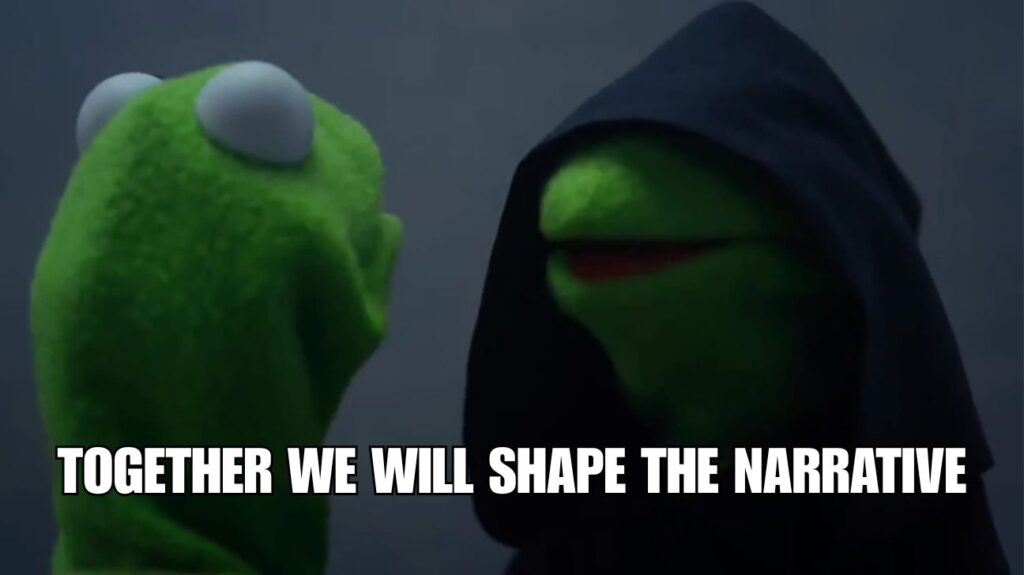Do Ex-Journalists Make the Best PR Professionals?
Not Always—But They Do Bring an Edge

It’s a question that surfaces often in PR circles: Are former journalists uniquely equipped for public relations work? There’s a reason it keeps coming up. Many newsroom veterans transition into communications roles, and some of them thrive. But the truth is more complex than a simple yes or no.
The value of a PR professional isn’t defined by where they started. It’s defined by how they think, how they work and how they adapt.
What Ex-Journalists Bring to the Table

Journalists call it crossing over to the “dark side.” But when former reporters move into PR roles, they often bring clear strengths. Years spent identifying news angles, writing under pressure and navigating editorial priorities build habits that transfer well. These professionals often:
- Write with clarity, conciseness and purpose
- Understand newsroom workflows and deadlines
- Recognize what makes a story newsworthy
- Know how to anticipate a journalist’s questions—and preempt them
They also tend to have a deep respect for timing and tone, essential skills when handling sensitive issues or preparing executives for media exposure.
In that sense, journalism can be a strong foundation. But it’s just that: a foundation.
Why PR Demands More Than Newsroom Instincts
The most successful PR professionals aren’t just storytellers, they’re strategists. They understand how to align messaging with business priorities, how to manage competing internal perspectives and how to shape narratives that hold up under scrutiny. These are not core parts of journalism training.
Former journalists may be skilled at reporting facts. But PR requires advocacy: positioning those facts to serve both the public and the organization’s goals. That shift—from detached observer to active participant—can be difficult. It calls for:
- Comfort navigating internal politics
- Willingness to champion a message, not just report on one
- The ability to think long-term and measure impact beyond impressions
Some former journalists make this transition easily. Others struggle. Because ultimately, PR isn’t just about media relations. It’s about managing reputation in real time.
Skillset Over Title: What Modern PR Really Requires
The line between journalism and PR used to feel clearer. But in a world of fragmented media, AI-assisted workflows, and 24/7 news cycles, the work of PR has expanded. Today’s teams need to:
- Coordinate responses across multiple stakeholders
- Track and log journalist interactions instantly
- Maintain consistency in public messaging under pressure
- Manage risk in a digital environment where every word is permanent
Background matters less than capability. Whether someone comes from a newsroom, an agency or an in-house comms team, the best PR professionals tend to share a few key traits: curiosity, adaptability, strategic focus and a relentless drive to stay relevant.
This is one of the reasons we built Broadsight. It’s designed to help professionals—regardless of background—stay on top of every interaction, ensure messaging consistency and move quickly without sacrificing accuracy. Because in today’s media environment, instincts matter—but systems matter just as much.
The Bottom Line
Journalism experience can be a real asset in PR. But it doesn’t guarantee success. The most effective communicators are the ones who can bridge insight and execution. They understand how media works, but they also know how to operate inside complex organizations, align stakeholders and shape narratives that last.
Some of them started as journalists. Others didn’t. What sets them apart isn’t the title on their resume. It’s the way they work now.
Whether your newest team member came from a newsroom or a marketing desk, Broadsight gives them the tools to thrive. With a centralized record of every media interaction, consistent messaging history and AI-powered tracking, they’re equipped to hit the ground running—without missing what matters.
Because instincts matter. But infrastructure keeps you sharp.
See how it works at broadsight.ca.
Receive our newsletter
Sign up below and we’ll be in touch with monthly updates about Broadsight, along with news and insights to keep you on the cutting edge of communications work in an AI era.

